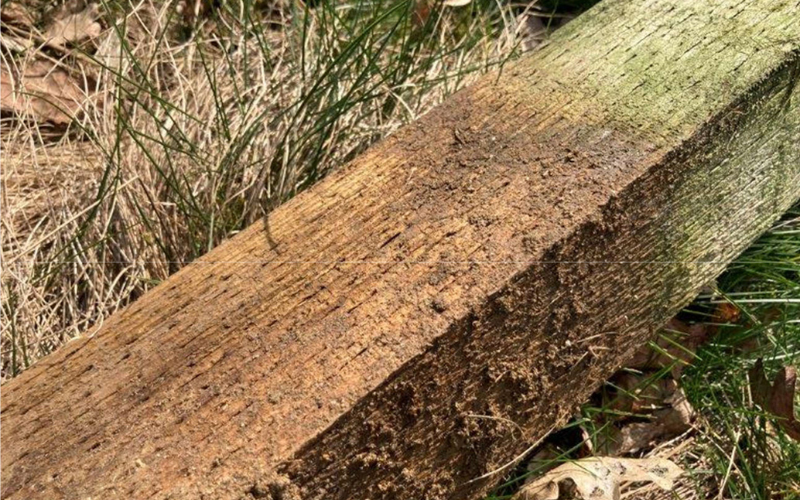
Independent study confirms performance of treated wood
In 2015 the Wood Protection Association (WPA) in collaboration with the Building Research Establishment (BRE), commissioned a long-term controlled field trial of sawn and pressure treated British softwood.
The purpose was to test the performance of ground contact fencing timbers in a robust and independent study – the results of which would help to:
- Gain valuable input into the future development of industry technical standards
- Support the WPA Benchmark quality approval scheme for treated wood
- Build lasting confidence in preservative treated British softwood species in this application as a capable, reliable, and quality product
Test criteria and results
80 untreated posts and 600 treated posts (treated in accordance with WPA Benchmark quality criteria) were installed at two UK test sites (Garston, England and Birnie Wood, Scotland) with differing soil conditions. Matched samples of Spruce (un-incised and incised), Larch, Douglas fir and Pine are being tested.
The BRE performance assessment of the timber after seven years has shown slightly different results from each site, but the overall outcomes are similar:
- Significant failure of untreated fence posts at both test sites
- No significant signs of change or deterioration in the inspected treated posts at either site
- In the case of incised and treated spruce, there were no signs of deterioration at either site
Conclusion and next phase of research
This 7-year inspection data suggests wood treated with Copper Organic preservatives has the potential to last for a significant period – providing the application of preservative is applied correctly. The research suggests premature failure of wood treated with preservatives may be due to treatment process rather than the preservative.
Following this interim assessment all posts were reinstalled into their original holes and the field trial continues until the next inspection in March 2025.
Further reading:
